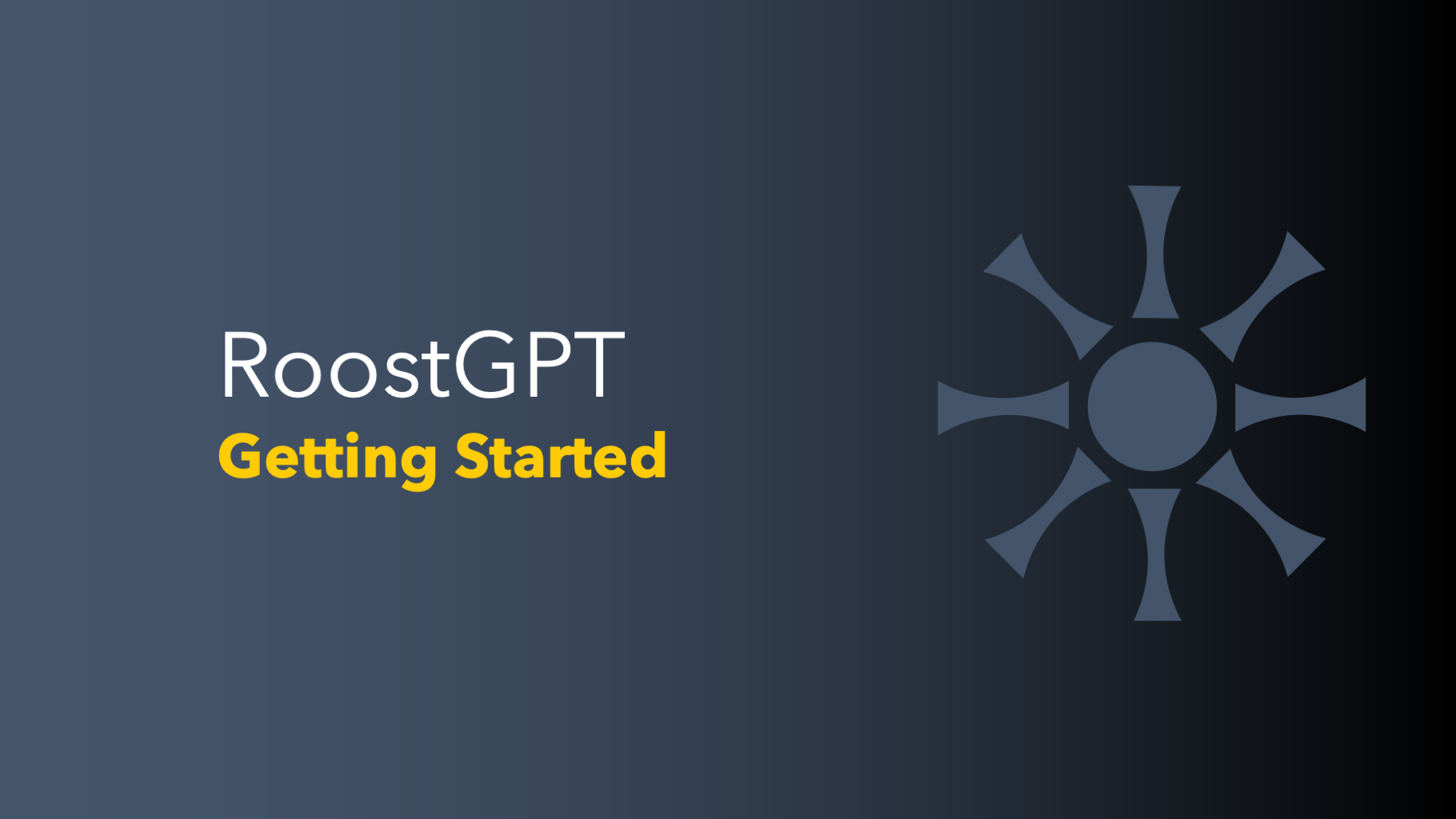<< Previous Edition: The future of digital workflows
When discussing open weights within the realm of generative AI, it's crucial to understand that this term refers to the accessibility of the weights and biases that govern foundational models. These weights and biases are central to the LLM's ability to make decisions. The open nature of these weights means they are publicly available, often with few restrictions, enabling broader experimentation and development. They are typically released under permissive licenses like Apache 2.0, which not only supports transparency but also encourages a collaborative approach to innovation.
SFT: Not Supervised Fitness Training, But It Might as Well Be
While SFT stands for Supervised Fine Tuning, one might whimsically compare it to Supervised Fitness Training due to the similar benefits it offers. Just as a targeted fitness regimen can make a person leaner, faster, and more agile, Supervised Fine Tuning optimizes large language models, making them more efficient, quick in their responses, and accurate in their outputs.
This process involves fine-tuning a pre-trained model on a specific dataset, allowing it to specialize and improve on tasks that are particularly relevant to its intended operational environment. This enhancement is critical for tailoring generic models to perform specialized functions with higher precision and speed. These models may also shed a lot of weight—for example, a model fine-tuned for financial data of a public company does not really need to care how many craters are there on Mars.
Revisiting Conway's Law for Generative AI
Conway's Law suggests that the systems developed by organizations mirror their internal structures. When this idea is hypothetically extended to the fine-tuning of LLMs, it introduces a fascinating twist:
Organizations will fine-tune LLMs in such a way that the weights and biases mimic the collective cognitive capacities of the specific human roles these LLMs are intended to replace.
Now you grasp the concept that envisioning a single LLM for each enterprise is similar to the notion that in a company, everyone directs their queries to one person. This might suffice for a small business, but as the company expands, a hierarchy of these knowledge oracles will emerge. What LLMs will do is create a fine-tuned version for each organizational role, mirroring the collective consciousness of everyone who has ever held that position. This strategy enables Genernartive AI to adjust and react as if it has the collective wisdom and expertise of the individuals it aims to replace or aid.
Conclusion
While the open weights of foundational models will suggest transparency, the fine-tuned models developed from these will be far from open; this is by design. These fine-tuned models, along with their specific weights and biases, will become valuable assets for any enterprise. Organizations will invest significant effort into fine-tuning these models to suit their unique needs and then will diligently work to maintain their predictive accuracy. These models are not just tools but strategic assets that will be guarded closely by each enterprise.



